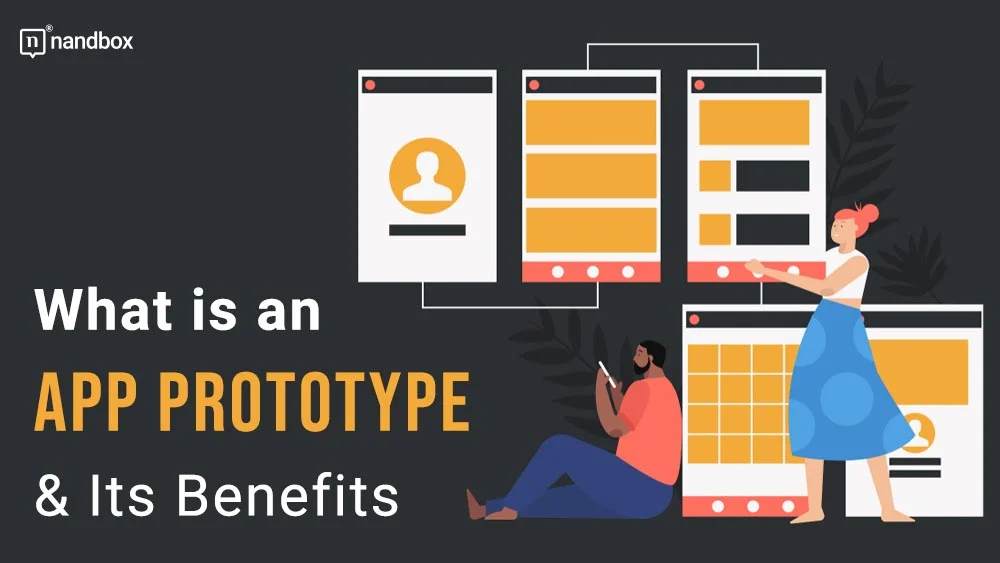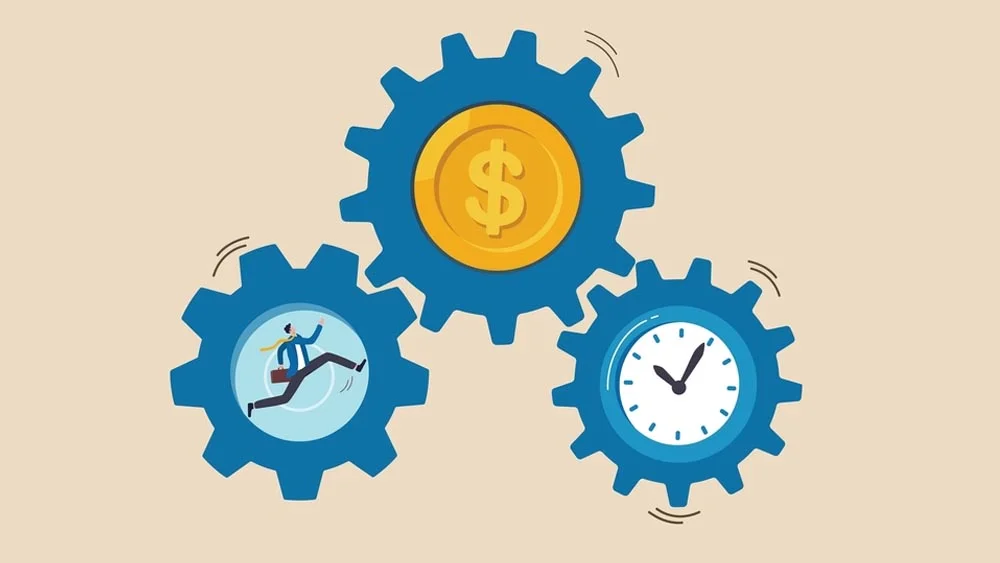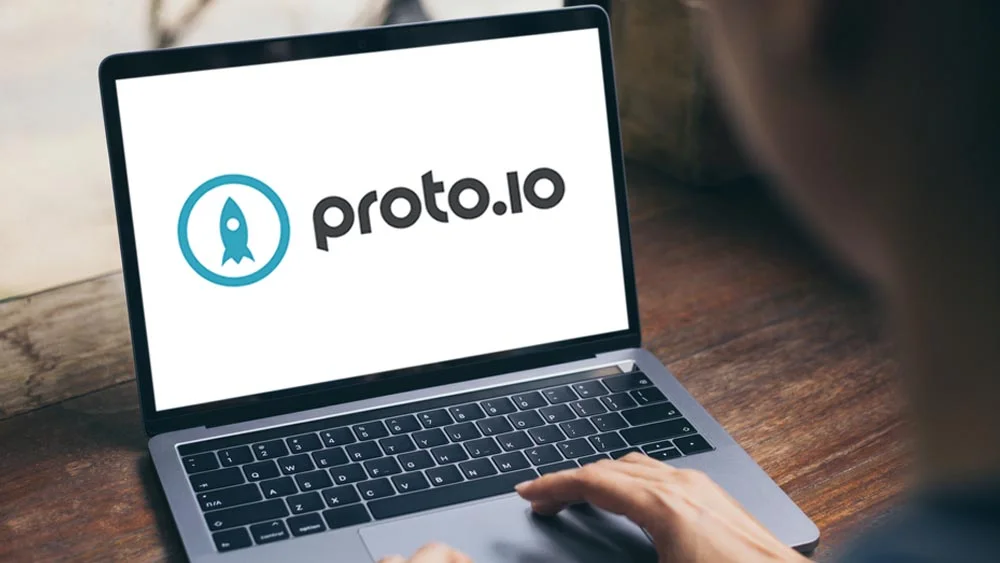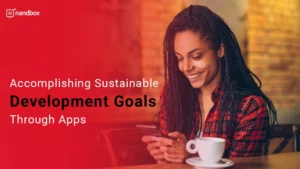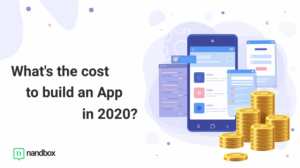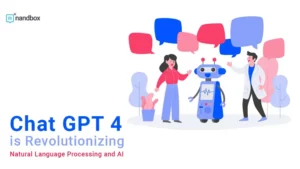The Ultimate Guide to Creating an App Prototype
The development process usually goes something like this: idea, research, design, implement and publish. It follows the form of phases that are usually called the software development life cycle, or SDLC. One phase of the life cycle that we really need to focus on is the design phase. The design phase is when you turn an idea into an actual vision to see whether or not the idea is valid and would accomplish the required goal or not. One aspect that many don’t know about is prototyping. That is why in this article we will demonstrate what an app prototype is, the types, and the tools you can use.
What Is an App Prototype?
First, let us get an overview of what an app prototype is. Prototyping is an essential step in the design phase. It is the process of creating a mockup or an initial draft of how you visualize your app would look and how the feature would be displayed and work. The prototype includes everything: the user interface, layout, functions, etc. A prototype can be either static or interactive, depending on how you would like to present your app idea. The app prototype is ideal for all types of businesses. Especially small businesses that are looking for investors and actively pitching their applications to other large companies. An app prototype is beneficial not only for developers but also for investors. The app prototype allows these investors to get an overview of the whole project from all perspectives and see how the idea would work. Developers, also get to see a simulation of their vision and validate the whole idea as to whether it would satisfy users and fulfill their needs or not.
Importance of Prototyping Your Application
1.) Detect Errors and Areas of Improvement
Prototyping your application aids greatly to detect any errors from the very beginning. It also helps identify any areas for improvement regarding the app’s functionality, user interface, overall design, etc. This would prevent any chance of unwanted errors arising during the development process or even post-publishing the application to the users.
2.) User Experience Validation
With a market as broad as the mobile app market, where millions of applications get developed each day. As users, we only get to see a fraction of this number. That is because many applications can disregard the app prototyping process, assuming development and testing will do the work. Statistically, over 70% of startups and applications fail because of a lack of or poor prototyping, even if they contain great features. As prototyping allows developers to see ideas as actual finished products, they get to fully experience the application from a user’s point of view. This would help them further improve any pitfalls they would find, and optimize the user experience to the fullest extent possible.
3.) Save Time, Effort, and Resources
Usually, to test out any application, you’d have to complete the development process first, or so you think. However, with prototyping, you can save time, money, and resources that you’d otherwise spend during the not-very-easy development process. Prototyping provides you with an almost exact simulation of the application you’d develop. Not only that, but developers can also interact with it, just like an actual app. It is also way easier to adjust and change a prototype than an application. So this gives developers a chance to adjust numerous times without spending a single penny.
Types of Mobile App Prototypes
Now that we have established how important it is to create a prototype for your application, we can now learn about the different types of prototyping you could use to do so.
Sketching and Diagrams
First comes the earliest form of prototyping, which is sketching and drawing diagrams. This type is usually conducted during brainstorming and establishing the idea. This type includes the designer and developers sketching an initial design of the application with all the screens and features they are thinking of integrating. These sketches are usually made in a quick and random way, and they usually contain many versions of the application before settling on a specific one.
Paper Prototype
A paper prototype is a more organized form of sketching prototyping. A paper prototype is a process of presenting the app idea in a more detailed setup. An app designer would take all the sketches made during the brainstorming process and present them in a formal way on paper while adding more depth and details. It also includes all the screens and details of all features, each on a separate sheet of paper.
Low-Fidelity Prototype
Reaching the age of digitalization. A low-fidelity prototype is the first, or maybe the most simple, form of a digitalized prototype. It includes demonstrating all the app’s elements in their most basic black-and-white form. The low-fidelity prototype includes mainly a general layout and basic elements to add, and it lacks any visuals or in-depth details. They are usually used to initiate the first reaction from both users and investors.
Medium-Fidelity Prototype
With each type, we evolve a little bit more. The medium-fidelity prototype is a more advanced type of prototype. This time it includes a more complex layout, many elements to add, and more depth than the low-fidelity layout. App designers can now add as many visuals as they want with buttons and detailed features. The only con of the medium-fidelity prototype is that it is not interactive.
High Fidelity Prototype
Last but not least, we can say that we reached the ultimate and greatly evolved prototype form of an app. A high-fidelity prototype is the most realistic mockup of an app that anyone could get. When conducted, it has the exact look and feel of an actual application. This includes all visuals, screens, functions, buttons, and everything a user would find in the real app. Users can even interact with it and experience the whole thing. A high-fidelity prototype is usually the last and final app design that the developers will work on achieving later on.
The Best Tool for Creating Mobile App Prototype
1.) MockPlus
Mockplus is a simple and straightforward mobile app prototyping tool that offers an intuitive interface for quickly creating interactive app prototypes. What makes the tool special is the drag-and-drop interface that makes prototyping as easy as it can get. It features several pre-made components and the ability to customize your design with HTML/CSS. It’s also easy to link up different screens, add animations and transitions, and design advanced interactions across the app. With Mockplus, you can quickly build out a prototype of your app idea in no time.
2.) Justinmind
Another excellent prototyping tool that many developers frequently use is Justinmind. This tool can be used to create fully interactive, clickable prototypes for web and mobile applications. It lets you build highly interactive screens with sliders, tabs, and advanced elements that let you quickly demonstrate how features work. You can also customize your design with custom CSS and create animations, transitions, and pages. It’s a powerful tool that allows you to create advanced interactive designs without any coding experience.
3.) Proto.io
Proto.io is an advanced prototyping tool that lets you create engaging and high-fidelity prototypes for any web and mobile application. The tool is a fan favorite for the clear and easy user interface that makes it easy for anyone, with coding experience or not, to create mobile app prototypes. It is based on dragging and dropping all the elements you want into your design. The tool has over 250 elements to add and thousands of templates in all categories. The tool also allows team collaboration on the same design. This means that an entire design team can access the design and modify it. With Proto.io, you can rest assured that you will create a prototype that accurately portrays how your app will look and feel.

